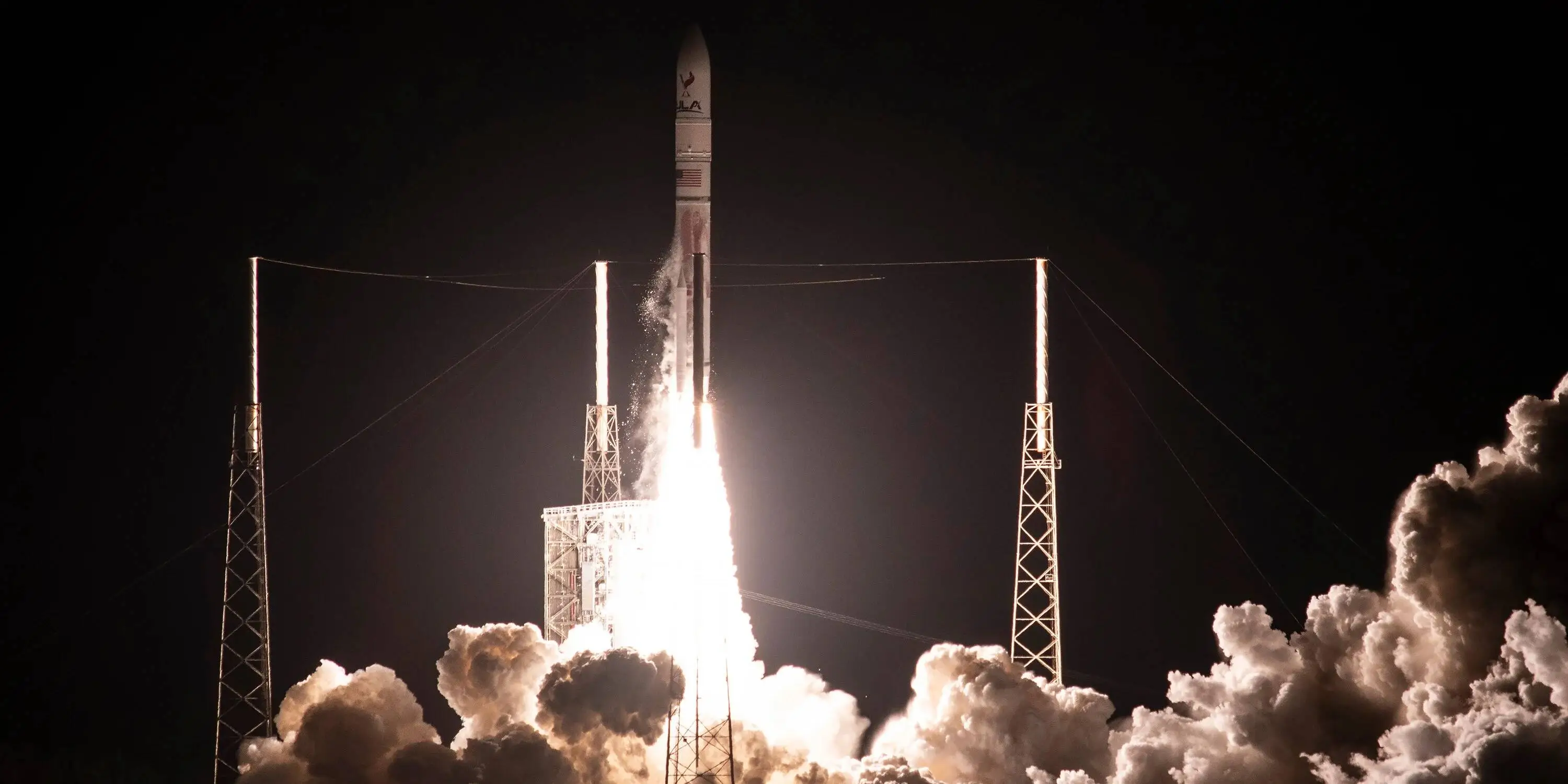- cross-posted to:
- [email protected]
Coverage of the launch: https://www.youtube.com/watch?v=xP99G2v_4sU
🤖 I’m a bot that provides automatic summaries for articles:
Click here to see the summary
But it has been plagued by development problems and delays, not least the late delivery of the Blue Origin BE-4 engines required to power the first stage.
The Peregrine lander will take approximately 46 days to reach the lunar surface, and NASA has five science and research payloads on board.
Following a scheduled February 23 landing, NASA expects to spend ten days gathering data from the instruments.
These include a linear energy transfer spectrometer, which relies on flight-proven hardware that flew in space on the Orion spacecraft’s 2014 uncrewed flight, and the Ion-Trap mass spectrometer, which was previously developed for the European Space Agency’s (ESA’s) Rosetta mission.
This is unless you count missions such as the Lunar Prospector, which also returned to the Moon’s surface, albeit at a deliberately high speed, to generate a plume from the crash for study by scientists.
After the lengthy gestation period of ULA’s latest, the company hopes to reach a bi-weekly launch cadence.
Saved 66% of original text.


